Projects
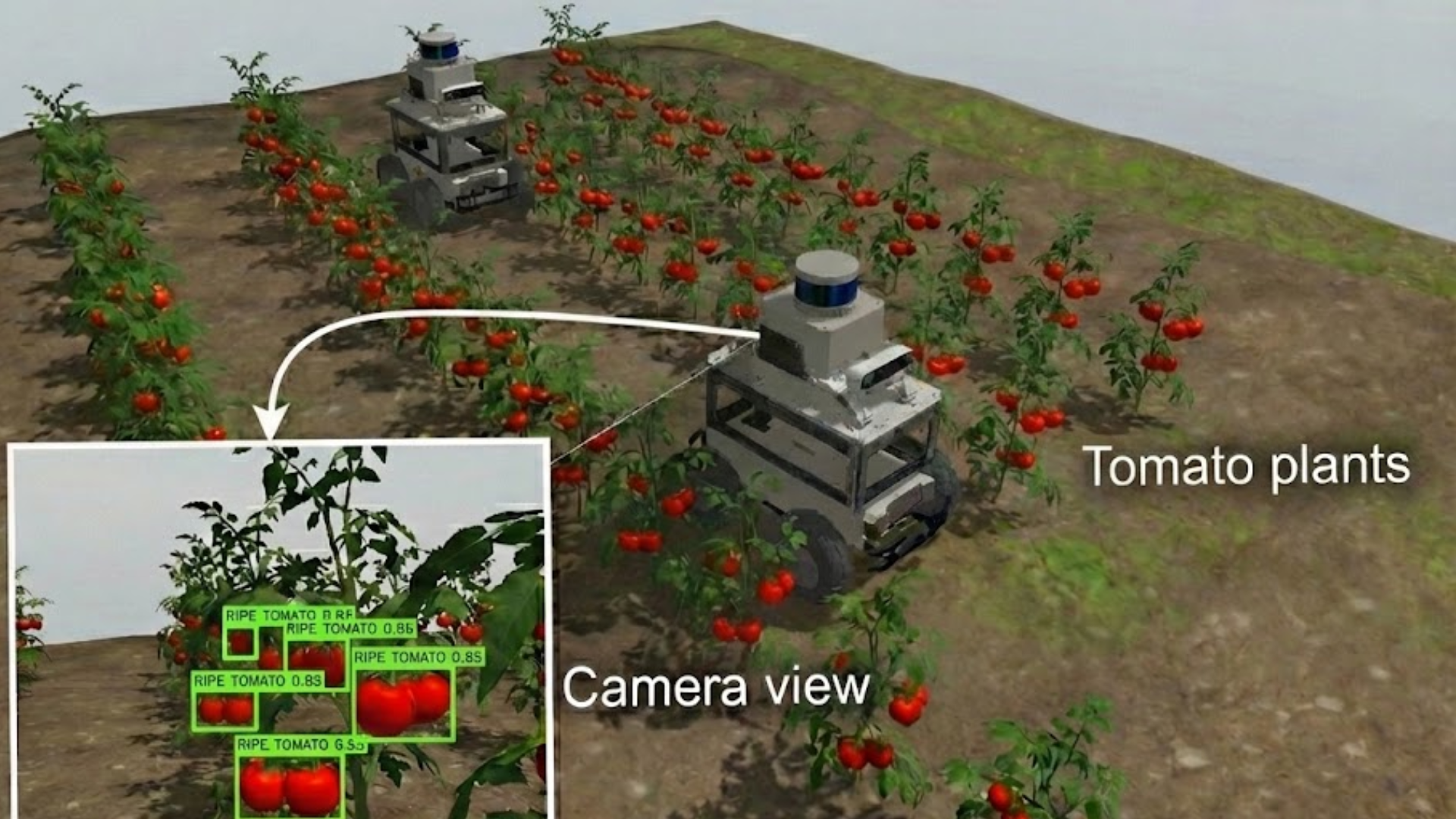
Tomato AgriBot ROS2
ROS2 simulation for agricultural robotics that can detect tomato fields and navigate among crops without damaging plants. Features integrated AI model for tomato ripeness analysis.
Key Highlights:
- Autonomous navigation through tomato fields
- Plant detection and collision avoidance
- AI-powered tomato ripeness analysis
- ROS2 simulation environment
Advanced Lane Detection
Advanced implementation of lane detection using computer vision and deep learning techniques. Features robust detection under varying conditions.
Key Highlights:
- Advanced deep learning-based lane detection
- Robust performance under varying conditions
- Enhanced accuracy through neural networks
- Real-time video processing capabilities
Path Planning Project – PID Controller Solution
Self-driving car navigation with PID controller for smooth lane keeping, speed limit compliance, and collision avoidance. Part of Udacity's Self-Driving Car Nanodegree.
Key Highlights:
- PID controller for smooth and safe lane keeping
- Maintains speed limit and safe following distance
- Minimizes cross-track error for lane centering
- Collision avoidance and stable driving behavior
- Part of Udacity Self-Driving Car Nanodegree
GPS Publisher for ROS2 Humble
This ROS2 package simulates real-time GPS and IMU data streams by publishing NavSatFix, Imu, and PoseWithCovarianceStamped messages. Perfect for testing autonomous systems without hardware.
Key Highlights:
- Real-time GPS and IMU data simulation
- Multiple message type publishing (NavSatFix, Imu, PoseWithCovarianceStamped)
- Hardware-free autonomous system testing
- ROS2 Humble compatibility and integration
Autonomous Vehicle Motion Planning
Comprehensive autonomous driving system by Javad Ibrahimli focused on teaching a car to drive itself effectively and safely. Features multi-layered planning algorithms for obstacle navigation, traffic compliance, and end-to-end autonomous navigation from point A to point B.
Key Highlights:
- Short-Term Planning: Obstacle avoidance and smooth lane changing capabilities
- Immediate-Term Planning: Traffic flow synchronization and pace maintenance
- Behavior Planning: Traffic regulation compliance and responsible driving behavior
- End-to-end autonomous navigation from origin to destination
Road Line Detection
Implementation of a road line detection system using computer vision techniques. The project processes video input to identify and highlight lane lines, essential for autonomous driving applications.
Key Highlights:
- Real-time lane line detection and tracking
- Robust detection in various lighting conditions
- Video processing pipeline for autonomous driving
- Computer vision algorithms for road safety
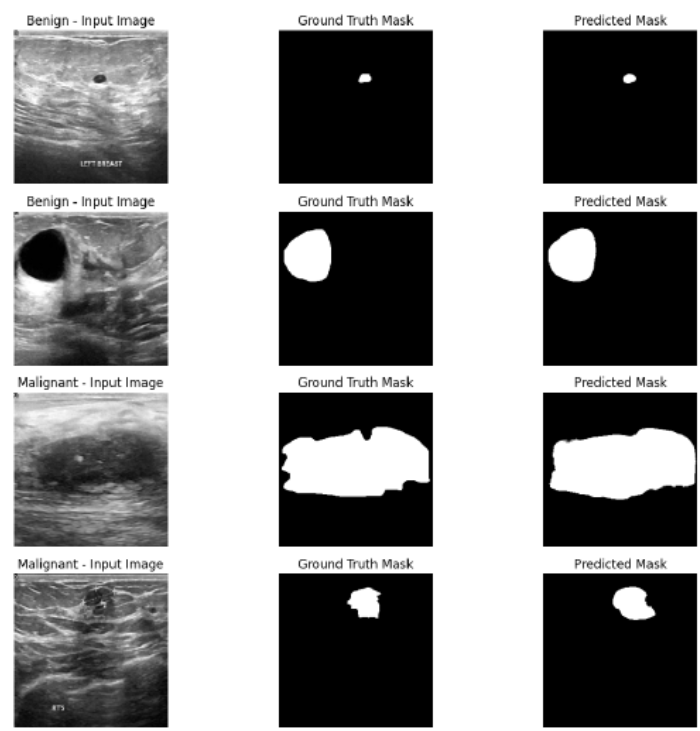
Edge-Deployable Deep Segmentation of Breast Ultrasound Images via Optimized U-Net
Research by Javad Ibrahimli presenting an optimized U-Net architecture for edge deployment in breast ultrasound image segmentation. Achieves efficient deep learning-based medical image analysis with real-time performance in resource-constrained environments.
Key Highlights:
- Optimized U-Net architecture for edge deployment
- Efficient deep learning-based medical image segmentation
- Real-time analysis in resource-constrained environments
- Computational efficiency suitable for edge devices
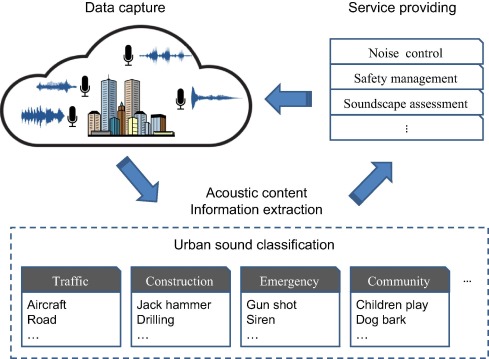
Urban Noise Classification Using Machine Learning Algorithms
This study presents a comprehensive approach to urban noise classification using various machine learning algorithms. The research focuses on developing efficient classification systems for different types of urban environmental sounds, contributing to smart city applications and noise pollution monitoring. The proposed methodology demonstrates effective performance across multiple noise categories in urban environments.
Key Highlights:
- Comprehensive approach to urban noise classification using various ML algorithms
- Efficient classification systems for different types of urban environmental sounds
- Contributing to smart city applications and noise pollution monitoring
- Effective performance across multiple noise categories in urban environments
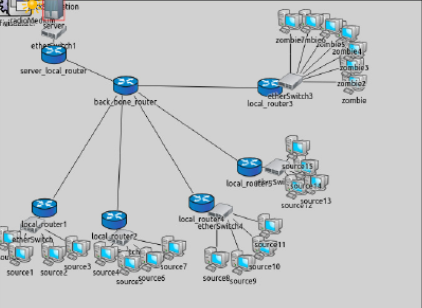
AI-Driven Detection of Network Traffic Anomalies: A Case Study with OMNeT++
This research presents an AI-driven approach to detecting network traffic anomalies using machine learning techniques implemented and validated through OMNeT++ network simulation framework. The study focuses on developing intelligent systems capable of identifying unusual patterns in network traffic that may indicate security threats, performance issues, or system malfunctions. The proposed methodology demonstrates effective anomaly detection capabilities in simulated network environments, contributing to cybersecurity and network management applications.
Key Highlights:
- AI-driven approach to detecting network traffic anomalies using ML techniques
- Implemented and validated through OMNeT++ network simulation framework
- Intelligent systems capable of identifying unusual patterns in network traffic
- Effective anomaly detection capabilities contributing to cybersecurity applications

Flower Recognition Using Convolutional Neural Network
Artificial intelligence is the new frontier in the history of technological development, opening the way to an absolutely new phase with qualitative changes in the most diverse industries. One of the game-changing technologies is Convolutional Neural Networks (CNNs), which have shown good results in various tasks related to image recognition. In this paper, the application of CNN in the domain of flower recognition, which has large implications for agriculture and marketing, is presented. The study demonstrates effective classification of flower species using deep learning techniques with potential applications in automated botanical identification and agricultural systems.
Key Highlights:
- Application of CNN in the domain of flower recognition with agricultural implications
- Effective classification of flower species using deep learning techniques
- Potential applications in automated botanical identification systems
- Game-changing technology with qualitative changes across diverse industries
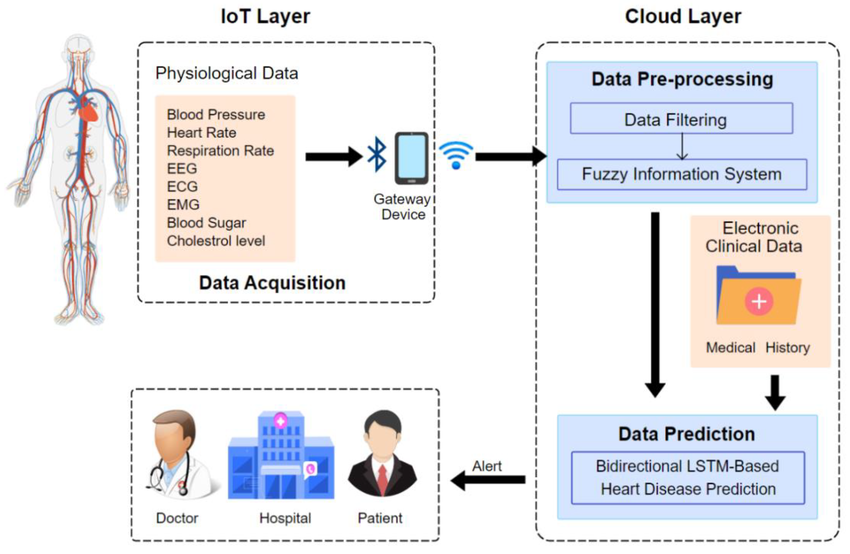
Machine Learning Models for Heart Attack Prediction
This research investigates the application of various machine learning models for predicting heart attack risk, contributing to early diagnosis and preventive healthcare systems. The study explores different algorithms and techniques to analyze cardiovascular risk factors and develop predictive models that can assist healthcare professionals in identifying patients at high risk of heart attacks. The proposed methodology demonstrates the potential of machine learning in cardiovascular medicine and preventive care applications.
Key Highlights:
- Application of various ML models for predicting heart attack risk
- Contributing to early diagnosis and preventive healthcare systems
- Analyze cardiovascular risk factors and develop predictive models
- Assist healthcare professionals in identifying high-risk patients